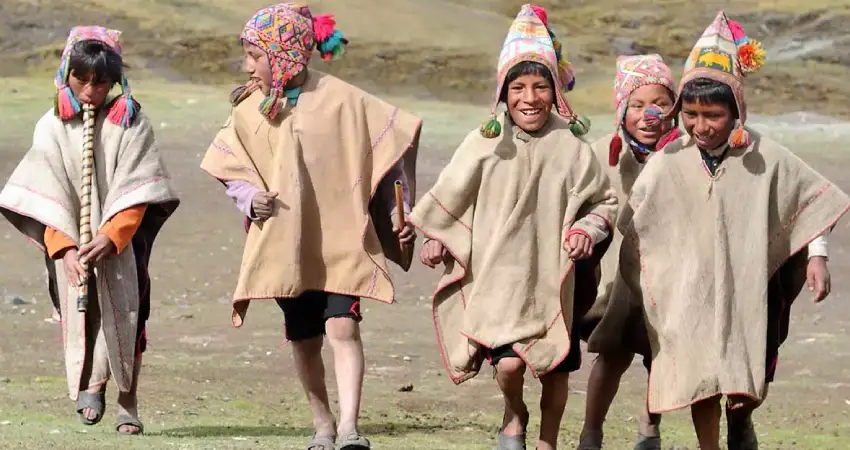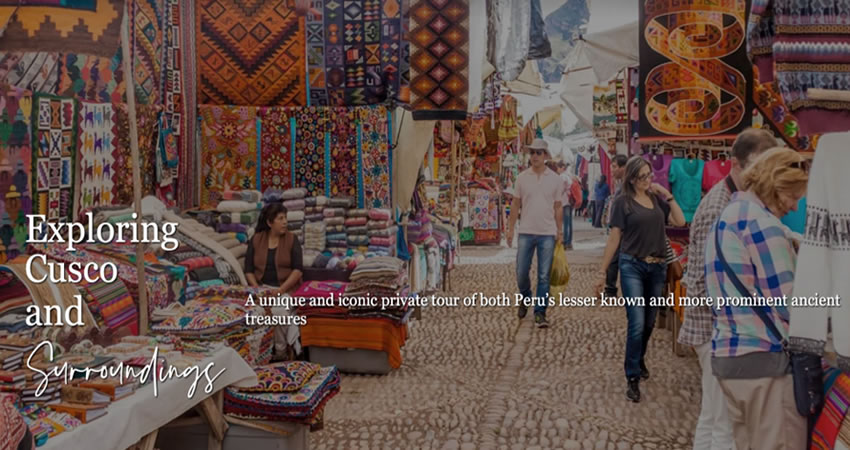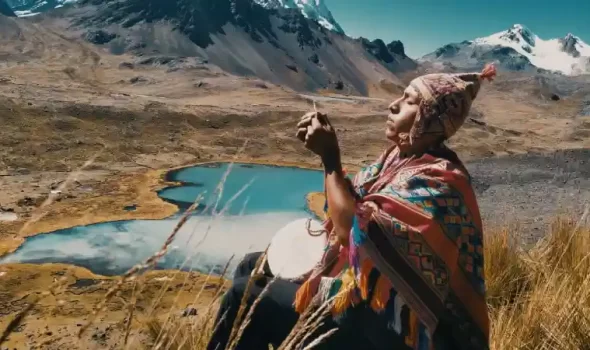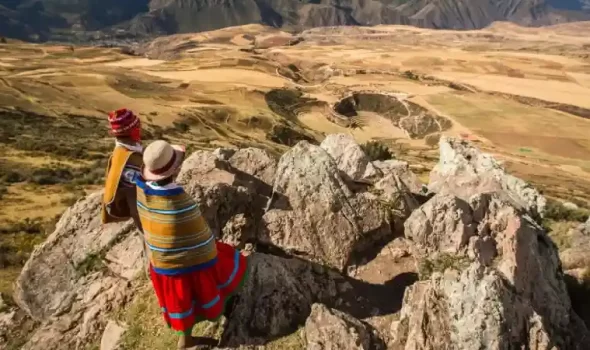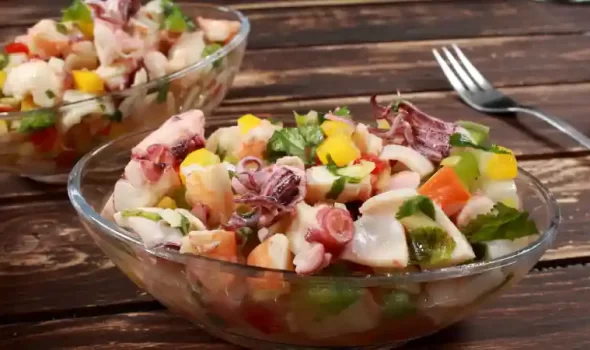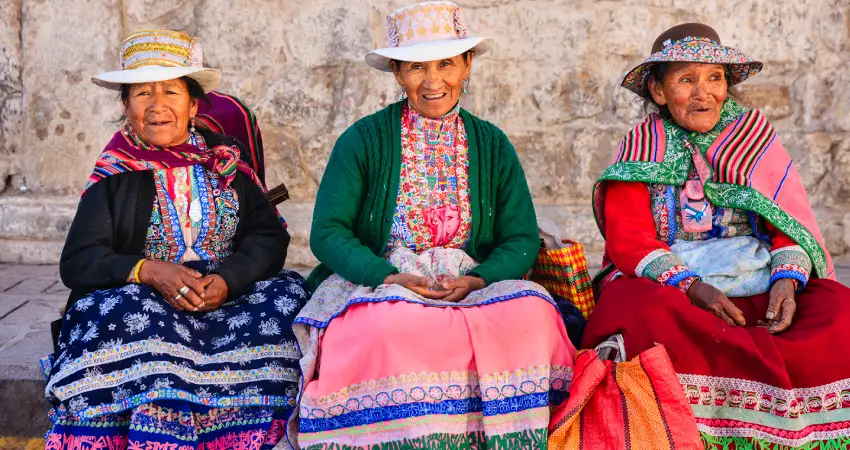
traditional peruvian clothing
1.- TRADITIONAL PERUVIAN GARMENTS THROUGH TIME
The Traditional Peruvian Clothing represents until today a symbol of identity for many people and this is based mainly by the tradition that is inherited between generations and was influenced from pre-Inca times in the Moche and Chimu cultures who drove their progress with styles, materials and traditional techniques that are known to this day. Many of the varieties of Traditional Peruvian Clothes show evidence of the textile heritage of the country, in some cases are more popular as the Pollera because it highlights the prints of the fabrics and bright colors.
2.- TRADITIONAL PERUVIAN CLOTHING IN INCA TIMES
The Traditional Peruvian Clothing during the Inca time represented status since there were hierarchies and it was normal to see how the nobility had much more sophisticated clothing while the people only had normal clothes. Among the most important materials they used was alpaca wool, which allowed them to be constantly warm and avoid the cold weather. There were also some garments that were for exclusive use in religious ceremonies. Among the Traditional Peruvian Clothing of those times, the poncho stood out, which was a large piece of wool textile with an opening in the center where the head was placed. In its elaboration, patterns and designs of the place were added so that there was also a difference from the place of origin.
For the Inca nobility the ponchos had a clear difference, since they had to be much finer at the time of being elaborated and even have additions of silver and gold threads to highlight the social difference, the Traditional Peruvian Clothing of the Inca stood out even more from the rest since it was also added cotton and contained some beautiful feathers to give it a better image, all the Traditional Peruvian Garments of this time were handmade with great care.
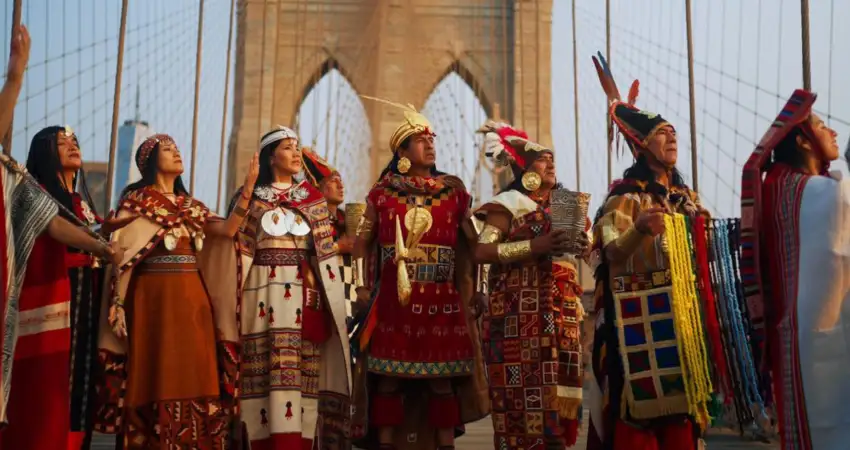
traditional peruvian clothing during inca time
3.- TRADITIONAL CLOTHING DURING COLONIAL TIMES
With the arrival of the Spaniards many things changed and naturally also the Traditional Peruvian Clothes were influenced. The imposition of religion and belief also changed the tradition so they introduced new techniques, styles and patterns that changed the Traditional Peruvian Garments allowing a mixture with the Andean practices that already existed. When the Spaniards arrived, they brought with them wool and silk as new materials to make clothes, along with techniques such as embroidery and lace that were European influenced. This mixture was also used to elaborate Traditional Peruvian Clothes for religious purposes in order to decorate the Saints in the churches.
| “Travel is about the gorgeous feeling of teetering in the unknown. |
Within the Andean belief (Andean Cosmogony) also stands out what is known as the duality that represents in many aspects the male and female, so it is understandable that the Traditional Peruvian Garments are different for each one.
4.- TRADITIONAL ANDEAN CLOTHES FOR WOMEN
The Traditional Peruvian Clothing of women with the passage of time has been undergoing changes but there are elements that are traditional and part of history.
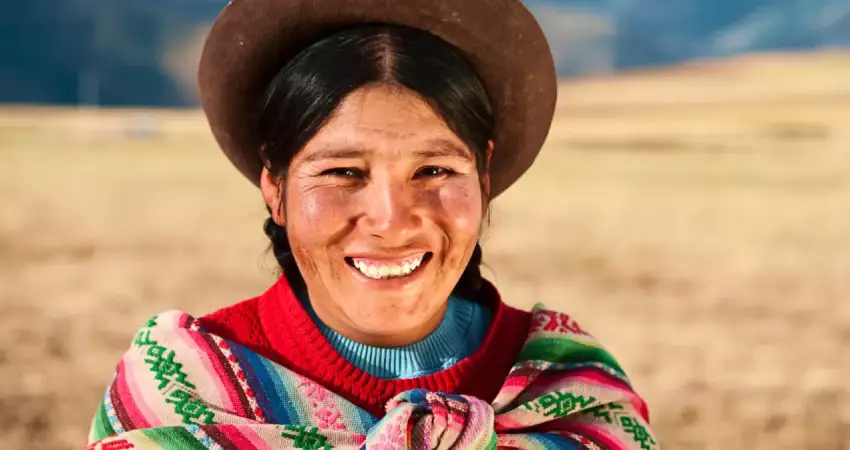
traditional peruvian clothing for women
- Pollera: It is an element of the Traditional Peruvian Clothes of women, made of wool or cotton skirts that have ornaments with embroidered elements in layers that give it a more colorful appearance, is a garment that is used on a daily basis in the traditional villages of the Andes and in some cases also has varieties that are special for events or celebrations. Its origin is from Peru but nowadays women from Bolivia, Chile and Ecuador wear it as a fashion symbol.
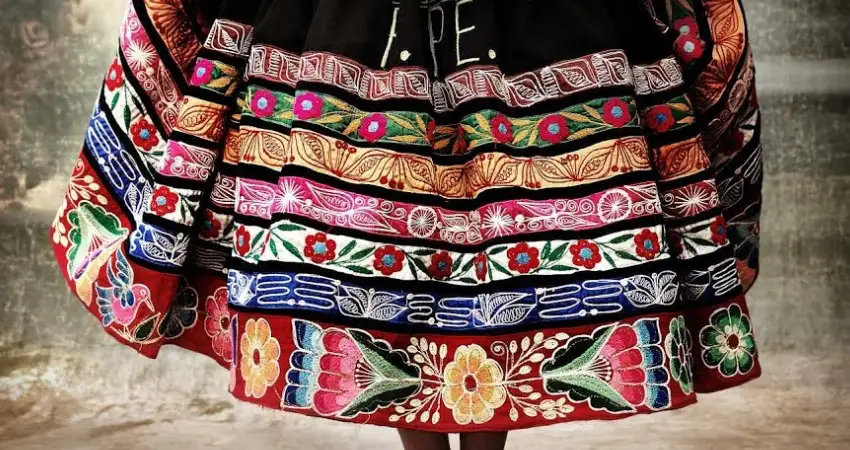
pollera
- Lliclla: It is a fundamental element of the culture and part of the Traditional Peruvian Clothes of women, as it is a garment that is used to cover the shoulders in an oval shape, it is almost always decorated with strong colors and in some cases embroidered. Its function is mainly to carry objects or in other cases even babies, so it is a symbol of femininity and motherhood.
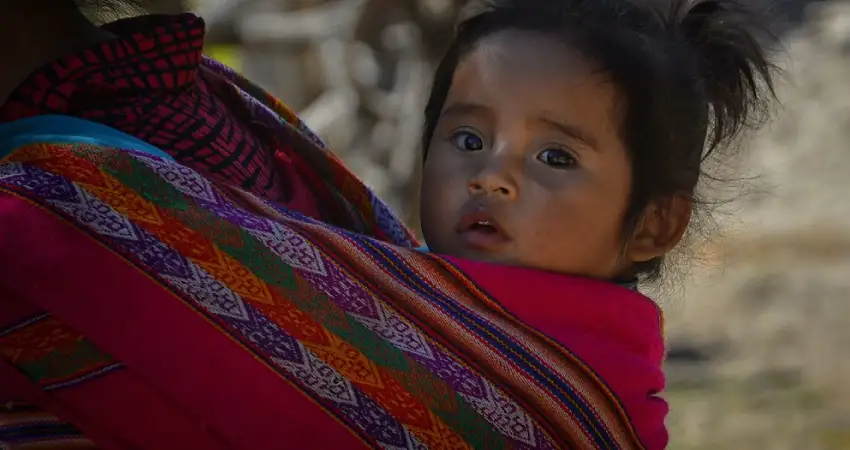
lliclla
- Jobona: They are part of the Traditional Peruvian Clothes of women, are hand-woven garments with wool or alpaca fiber, is an elegant piece that resemble a jacket and can keep you out but with style.
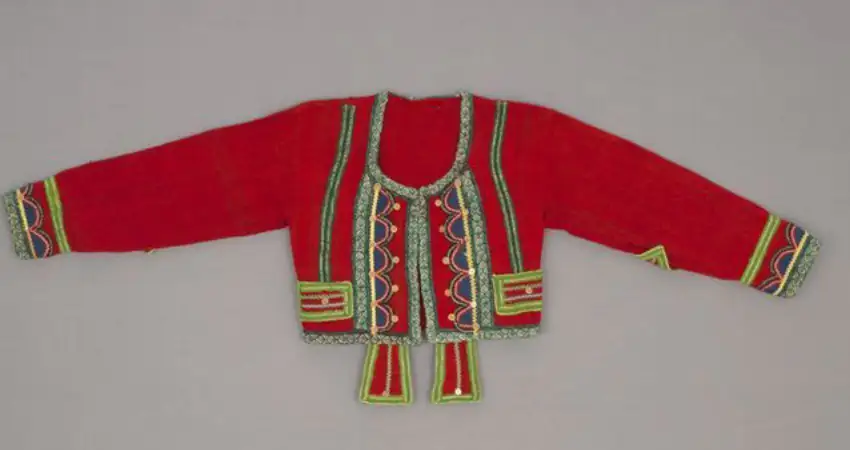
jobona
- Chumpi: It is one of the most traditional elements used to hold, serves as a belt of fabric that goes around the waist and is adorned by patterns of different colors, is used mainly by new mothers so it is recognized as an icon of fertility. It is part of the Traditional Peruvian Clothing that women wear to this day.
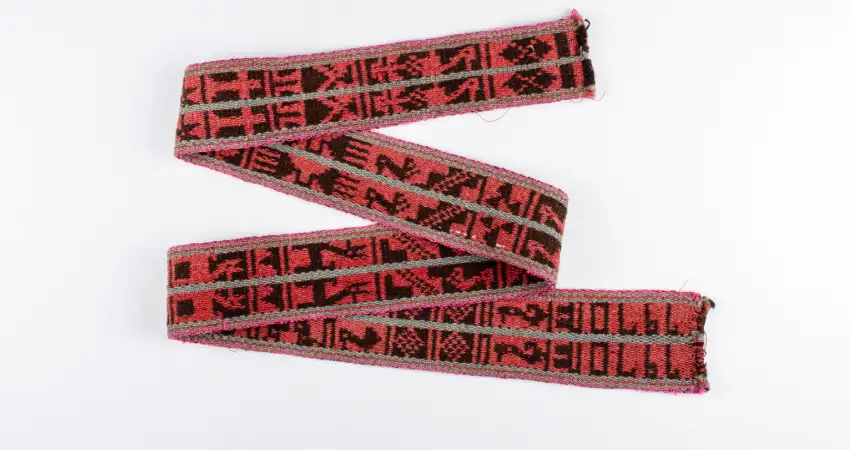
chumpi
- Montera: It is represented as a hat made of wool, mainly by women living in the Andes and its origin is even older than the Incas, it is a piece of clothing that has been inherited by generations. An important historical fact is that an ornament on the head was only allowed for the upper class nobility implying that they were representations of social status. It is an important element within the Traditional Peruvian Clothing.
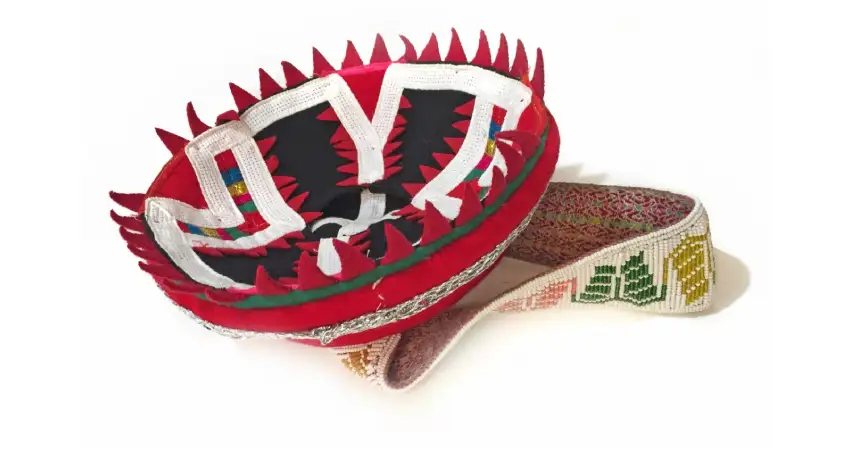
montera
- Ojota: It is the Andean footwear, with which people can carry themselves, a basic element of Traditional Peruvian Clothing.
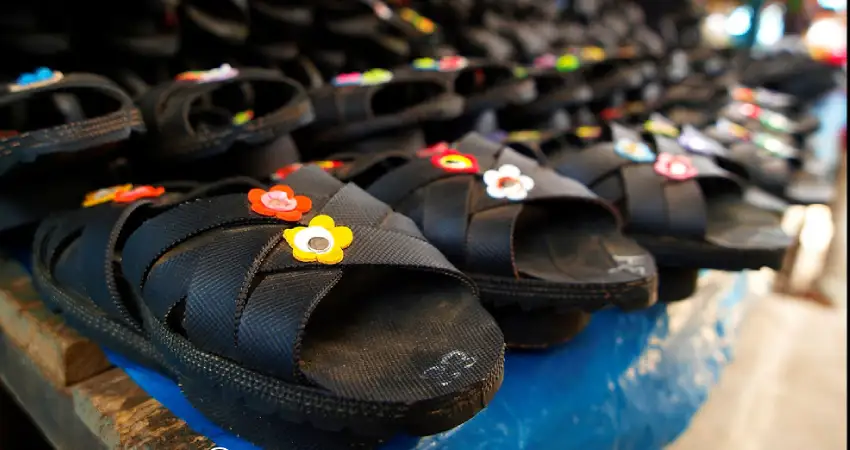
ojotas for women
5.- PIECES OF TRADITION AND HISTORY
“In the mysterious Peruvian Andes, where ancient civilizations flourished, vibrant textiles adorned with intricate patterns and vivid colors continue to weave tales of Peru’s rich cultural tapestry…”
6.- TRADITIONAL ANDEAN CLOTHES FOR MEN
Traditional Peruvian Clothing made for men is mainly adapted to the culture and location, while men living in higher elevations have a more colorful style and the rest living in lower elevations contain fuller and more solid tones in a traditional and conservative manner. Although the tone or color changes, the similar elements are:
- Poncho: It is part of the Traditional Peruvian Clothing, made from llama or alpaca is a unique piece that has a hole in the middle where men put their heads to wear it as a cape from the neck. It is an element that provides warmth to people in the freezing mountain or Andean climates. It has ornate patterns that simulate animals, mountains and more.
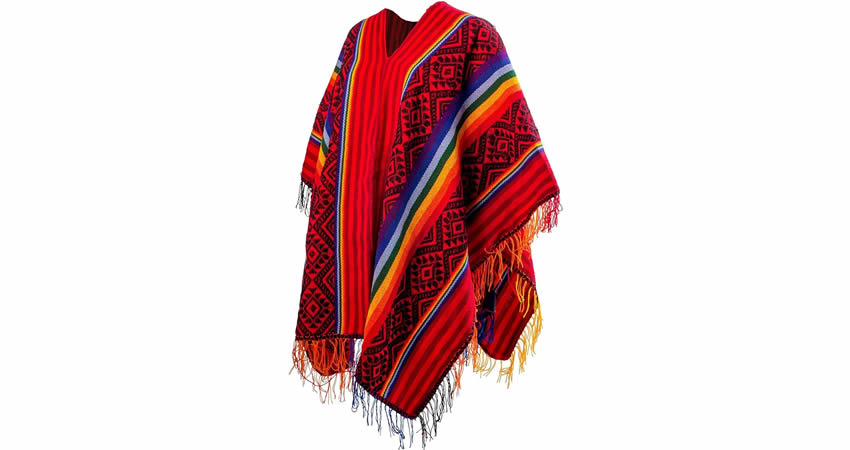
poncho
- Chullo: It is a type of hat made from alpaca or llama wool, they have ear flaps and within its design you can see geometric shapes, in some cases also include other details that make it more colorful and for single men it works as a way to look interesting to women.
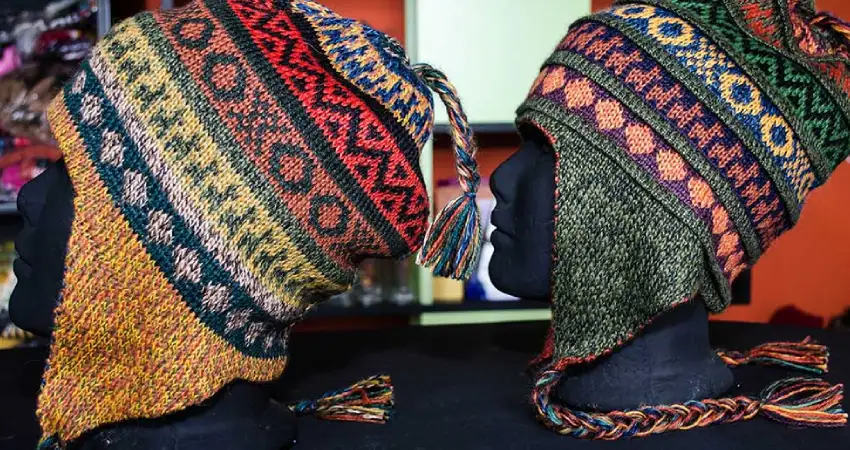
traditional peruvian clothing chullo
- Chumpi: As for women, this element of the Traditional Peruvian Clothing works as a belt that holds the clothes. It is also made of alpaca and llama wool and is quite colorful.
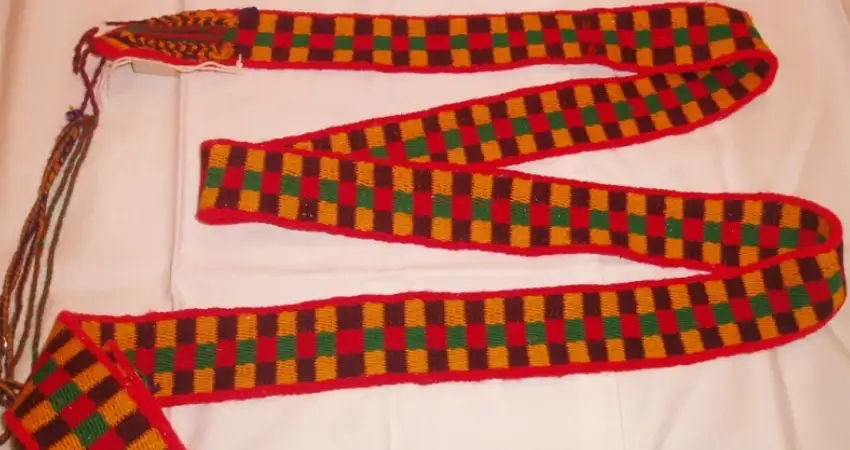
chumpi for men
- Chuspas: It is very common in the men’s Traditional Peruvian Clothing, since they are small bags that hang from the shoulder where you can carry coca leaves, some seeds and important objects that you need at hand.
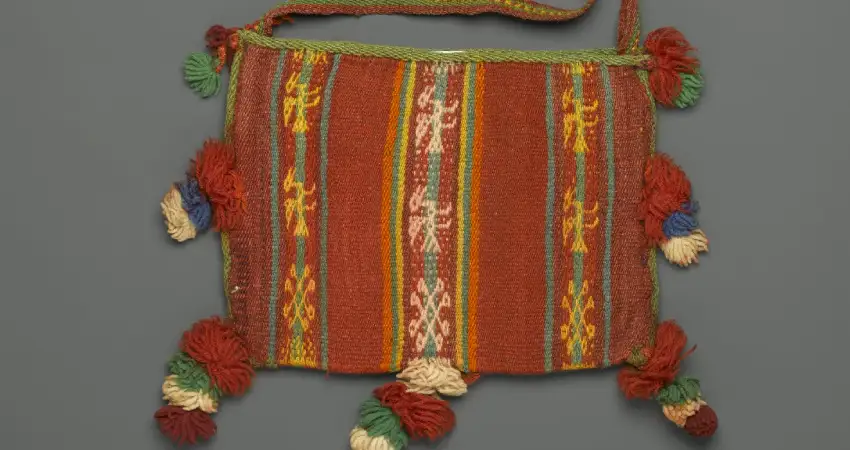
chuspas for men
- Ojotas: A basic element of the Traditional Peruvian Clothing for men, a rustic footwear.
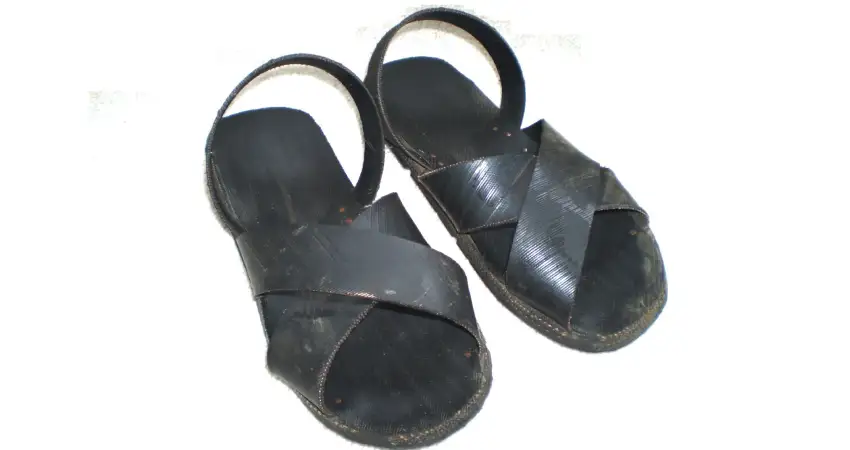
ojotas for men
In each element that you will appreciate in your trip to Peru you will find a little bit of history, a little bit of time that was captured in a unique piece. The traditional Peruvian Clothing is a symbol of identity that you will be able to know, do not wait any longer to plan your trip, Auri Peru will be very happy to organize a personalized experience for you. Contact us now!
“Travel is the answer, no matter what the question is.”




